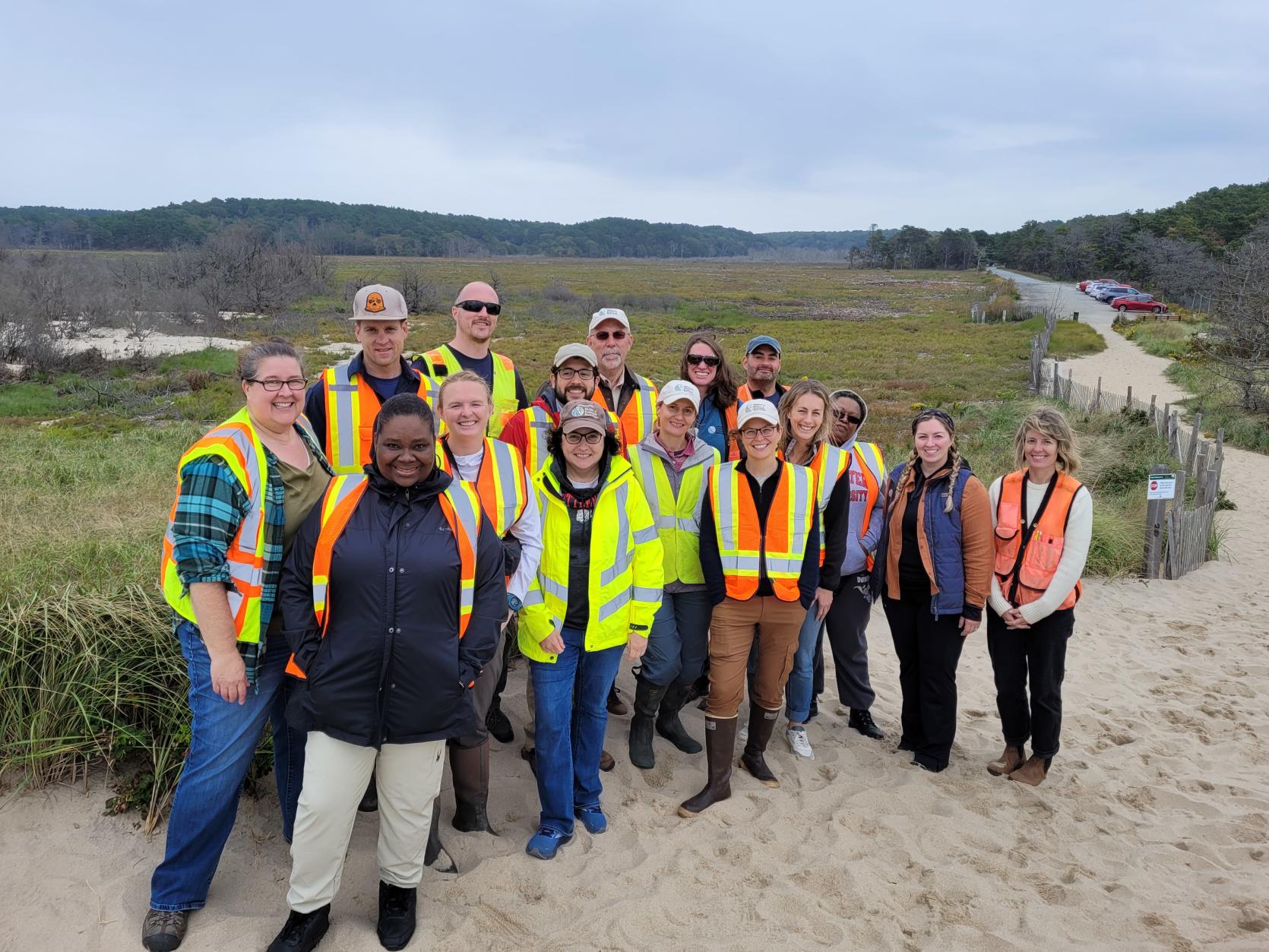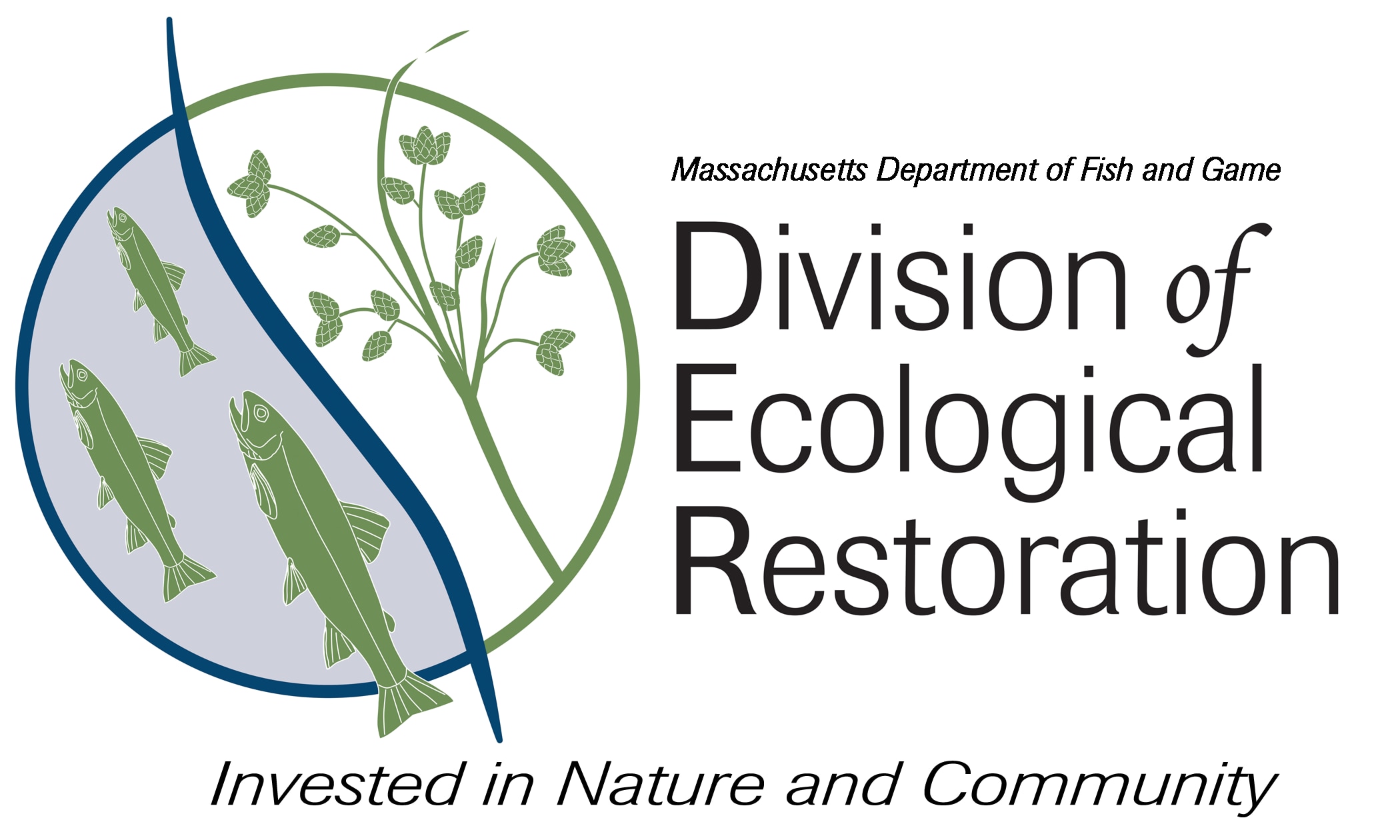- Division of Ecological Restoration

As the impacts of climate change intensify in Massachusetts, the urgent call and demand for restoration grows within our communities and ecosystems. Communities are looking to DER and other restoration organizations to bolster their climate resilience, improve water quality and habitat, secure public safety, and protect the crucial biodiversity of the Commonwealth. As a result, funding for DER has increased, and the Division has added restoration project managers and other critical staff. Now, having doubled in size over the last four years, DER is restructuring its programs to better meet the restoration needs of municipalities, non-profit organizations, and landowners now and for the future.
DER’s technical program staff have restructured to form three branches: Capacity Building, Habitat Restoration, and Technical Services. These three branches will function independently, tackling various aspects of restoration while working collaboratively, sharing expertise, and collectively contributing to restoration projects and initiatives.
The creation of the Capacity Building Branch reflects DER’s increasing investment in programs that help NGOs, municipalities, and others build capacity to lead and support restoration. Currently, the branch includes the Regional Restoration Partnerships and Stream Continuity Programs. These programs provide technical assistance and funding to partners so they can lead high priority restoration projects.
“Growing and reorganizing our branch will help us better serve the specific needs of municipalities. This includes providing funding, products, and services to address capacity requirements more effectively,” said Carrie Banks, Capacity Building Branch Manager. “Better support means we can build a network of leaders throughout the state dedicated to improving community resilience and impactful ecological restoration.”
The Habitat Restoration branch includes the Dam Removal, Cranberry Bog Restoration, and Wetlands Restoration Programs. These programs directly lead, fund, and support restoration projects that benefit communities and restore the ecological health of rivers and wetlands. This Branch manages DER’s popular Priority Projects Program, which has many projects currently in various stages of feasibility, engineering, design, permitting, and construction.
The newly established Technical Services Branch serves as a repository of knowledge, harnessing insights from DER staff and external sources to generate technical resources. This includes restoration planning, GIS expertise, engineering support, and other necessary services.
“As a new branch of DER, the Technical Services Branch will support DER’s ecological restoration programs, while also serving as a resource for the ecological restoration community more broadly. I am looking forward to growing with DER to provide tools, guidance, and resources, that catalyze restoration across the Commonwealth,” said Ian Balcom, Technical Services Branch Manager.
As we look to the future, this expansion and restructuring will allow DER to strengthen internal and external capacity to lead restoration projects, share restoration tools and approaches with a wider audience, and catalyze restoration across the Commonwealth for the benefit of people and the environment.
